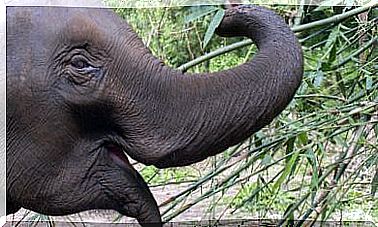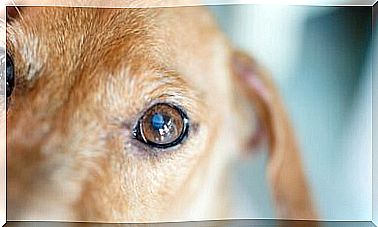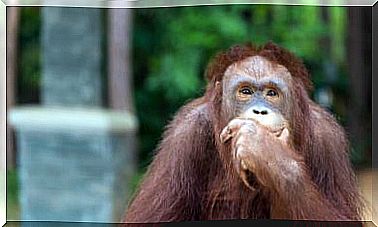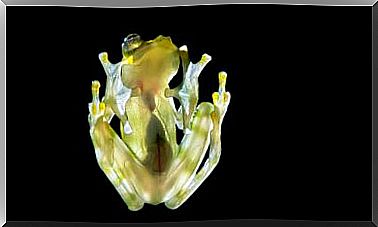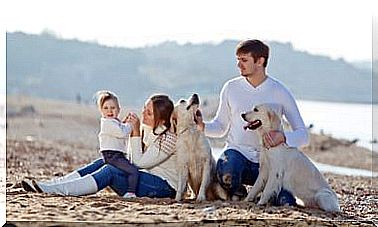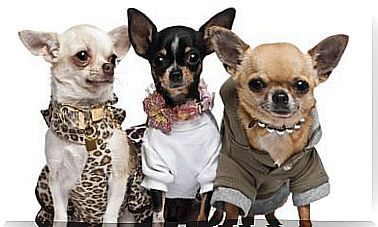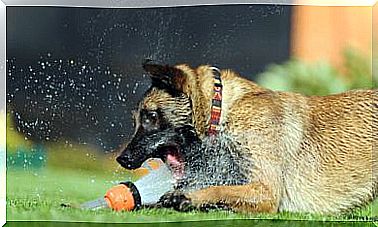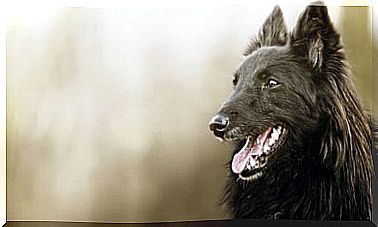What Do The Different Movements Of Your Dog’s Tail Mean?
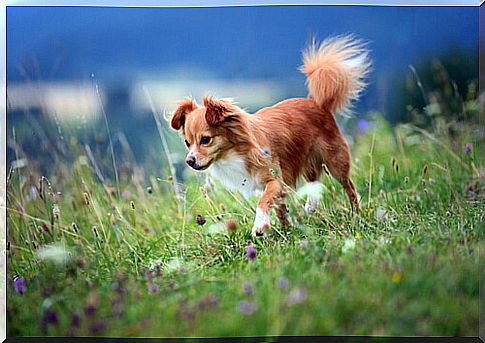
Have you ever counted how many different tail wags your dog can have? Surely you have not been able to count them all. However, although there are many people who ignore these gestures, the truth is that each movement means something and can be important for the bond we have with our pet.
Some may be more important than others, but knowing them without taking into account their importance can help us better understand our dog and be able to meet their needs even better.
The importance of the tail

Because dogs cannot communicate with us in words, they use body language to ask for something or for us to understand how they are feeling. Their tail plays a decisive role in all this, as it is one of the most expressive parts of their body.
They use it to communicate with us or with other dogs and their movements also favor the pheromones that are present in their anal glands to emanate from their body, which are also a great way of communication between dogs.
Having seen this, let’s see what are the most common tail movements and how to understand them.
The most common tail movements
We can think of some tail movements that we think are the most used by dogs, but maybe you can think of others. This is our list:
- Movements in circles. When a dog raises its tail and turns it on itself in circles in the air, it is an unequivocal sign that it is happy, that it wants to play and that it is happy. Do not ignore it and play with your friend, the bond you have with him will be strengthened.
- From side to side. If your tail goes quickly from one side to the other it can denote two things: on the one hand, happiness or excitement. For example, he could make this gesture when he sees you coming home. On the other hand it can mean anxiety or nervousness. It will be easy to identify if we use empathy and try to understand how our dog feels at that moment, in that circumstance.
- Short movements. If the tail flicks occur very briefly, like a car blinker, your dog prepares to attack. If in addition to that he has his ears back and shows his teeth, move away or move him away from the dog or the person who is annoying him.

- Tail up. This is a sign of authority, it is saying who is the head of the pack. Be careful if that is what he does to you when you scold him or order him something, it is possible that you have not taught him correctly that the head of the pack is not him but you.
- Horizontally extended. If you are not tense, it will only show that the dog is interested in something. If in addition to the posture you add the tension of the tail, you do not have to be preparing for an attack, but you are marking your ground and making it appear that nobody can pass towards it.
- Low tail. A low tail, away from the hind legs and with gentle movements from side to side shows insecurity. There is something in the environment that your dog is not comfortable with, it can be a person or another animal, and that is his way of saying that he does not feel comfortable.
- Relaxed tail. When the tail is relaxed, low and separated from the legs it means that the dog feels calm, relaxed and at ease. You have inner peace.
- Between the legs. This is a sign that almost all of us know. When a dog hides its tail between its legs it is because it is afraid, it feels threatened and at that moment it is likely to seek your protection as well.
